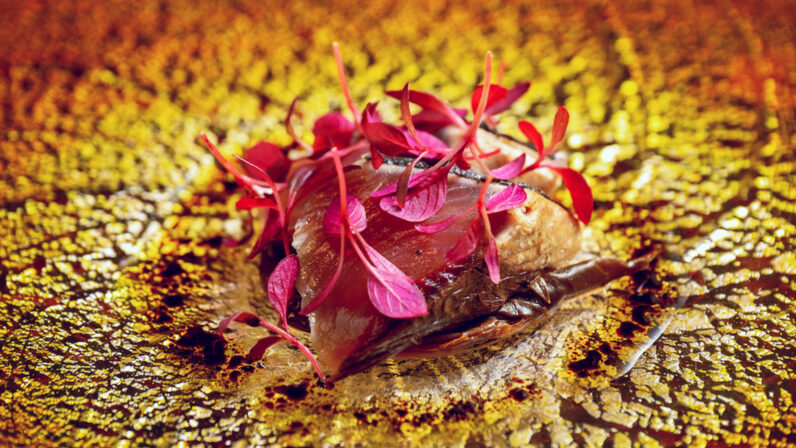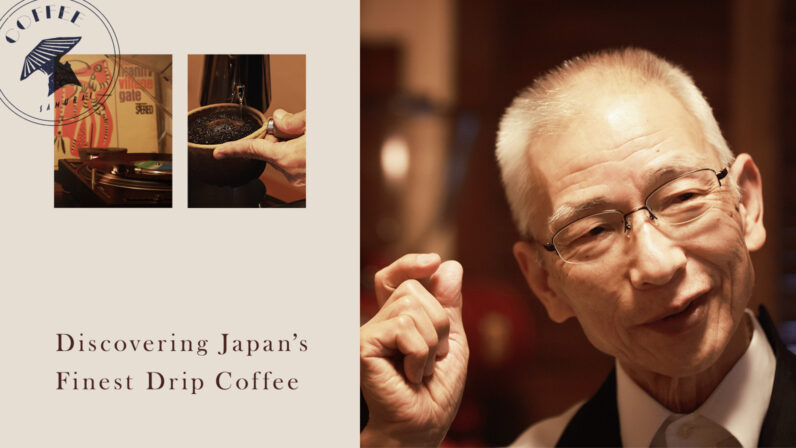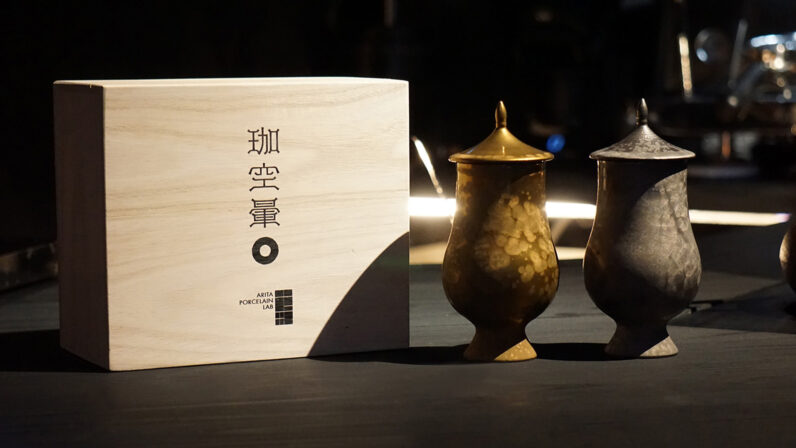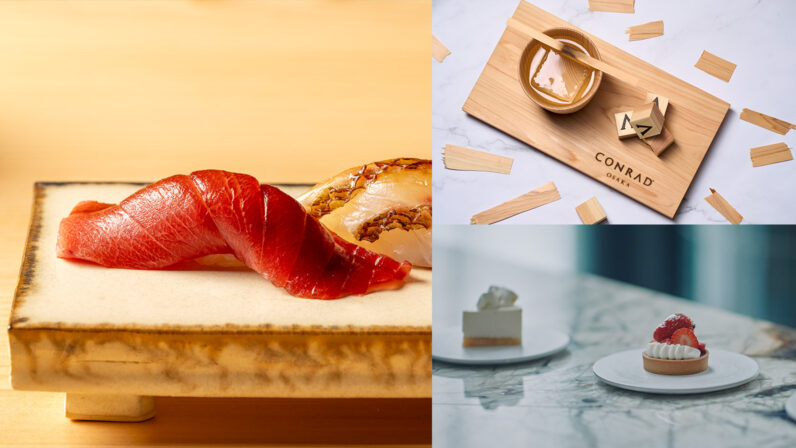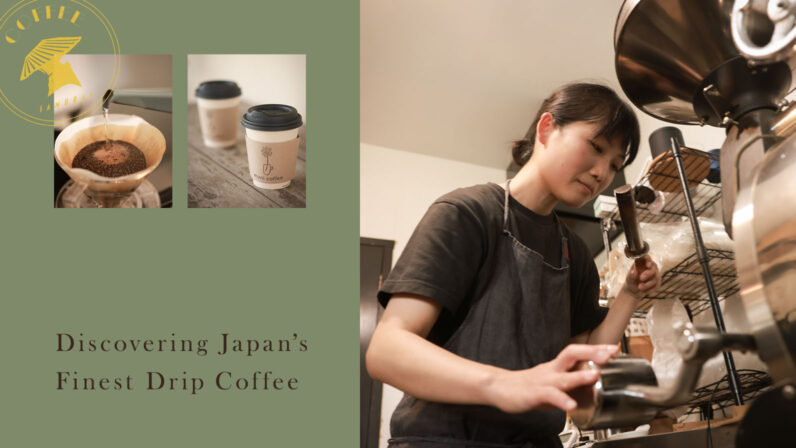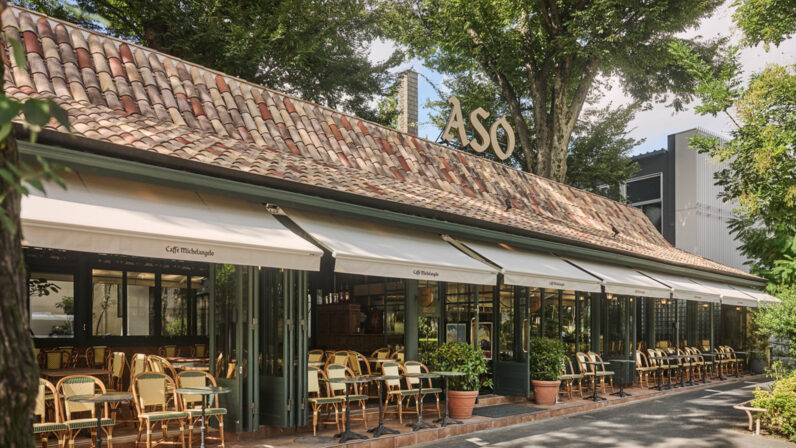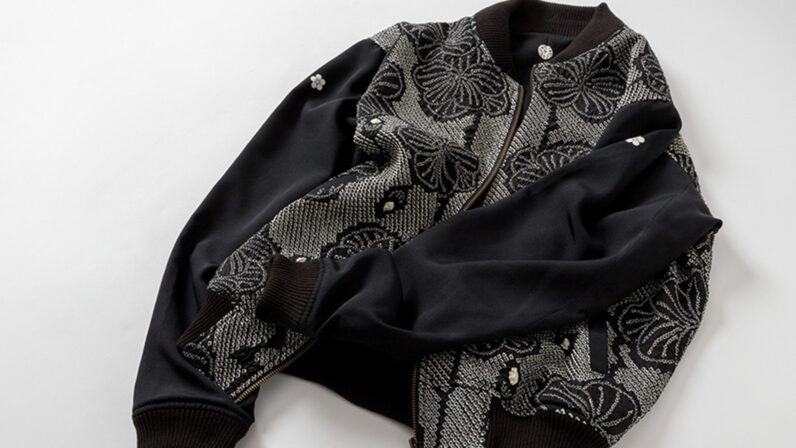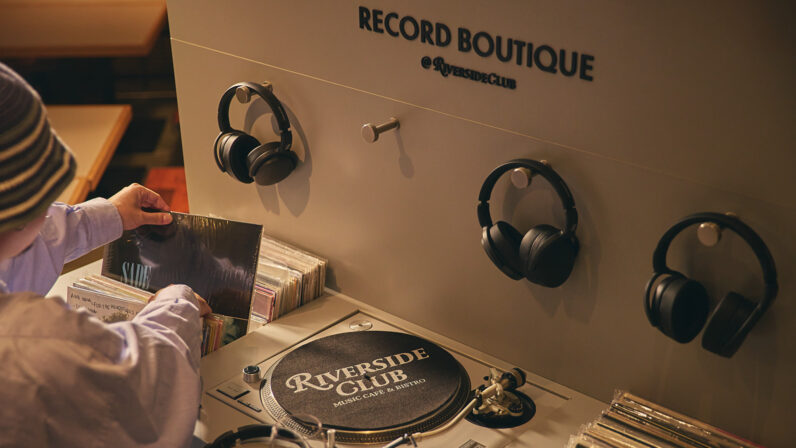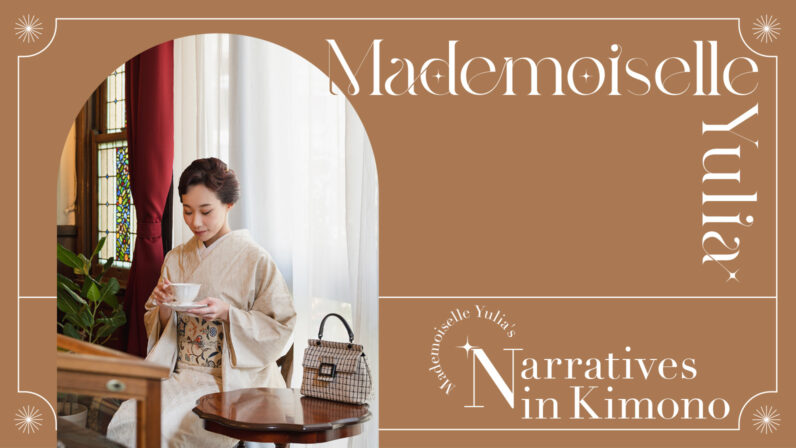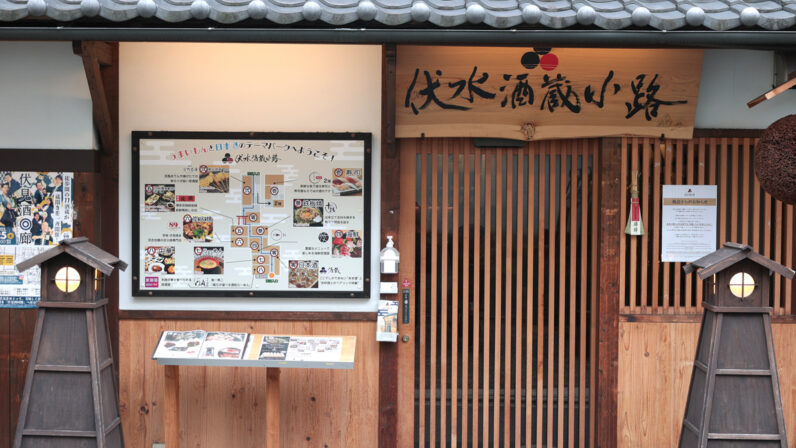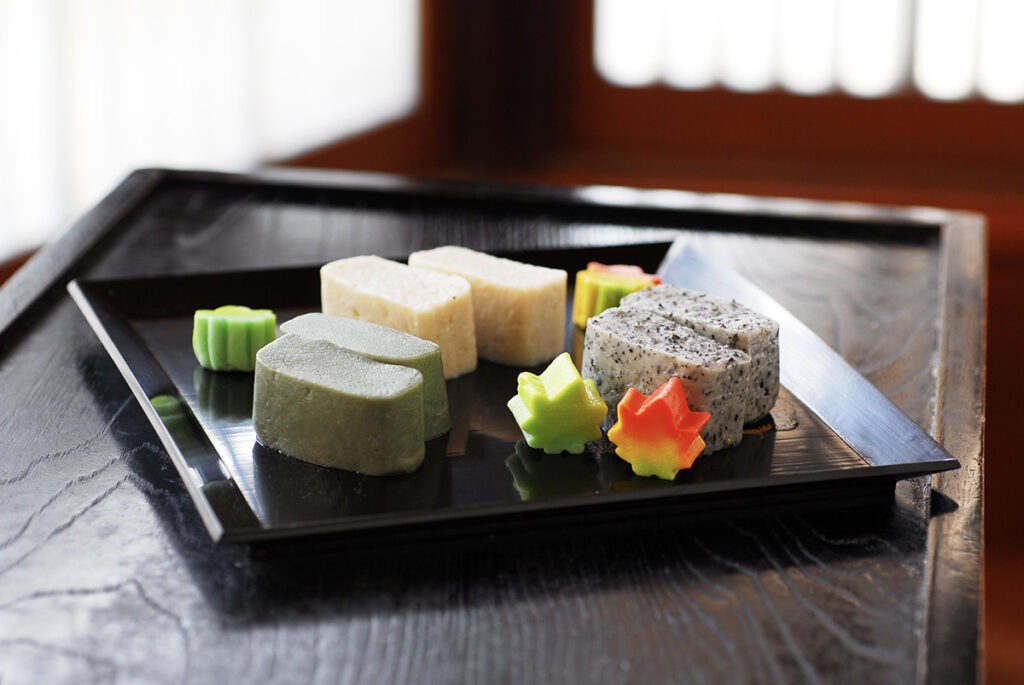
Fu, a traditional Japanese ingredient, is made from wheat gluten with the starch removed. It comes in various forms, from chewy, mochi-like textures to dry, bread-like varieties.
While fu consumption has declined with changes in the Japanese diet overtime, it has been gaining attention as a versatile option for vegan and halal diets. To learn more about its appeal, we visited Hanbey Fu, a specialty shop with over 330 years of history.
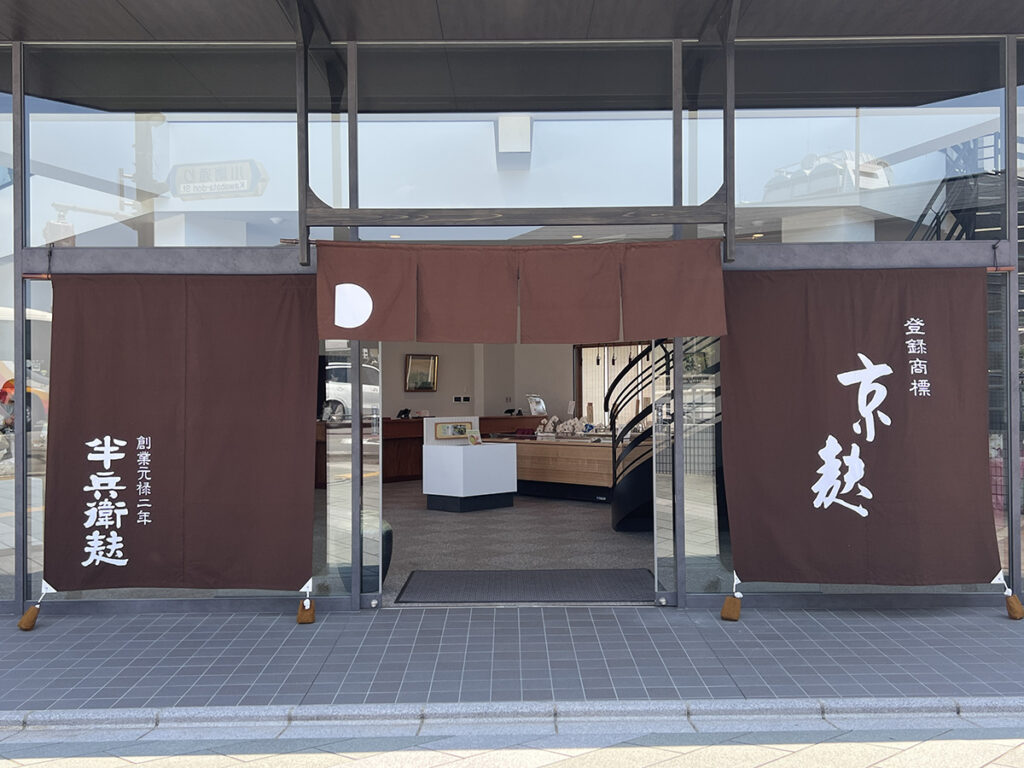
The Entrance to Hanbey Fu’s Main Store
A Fu Specialty Shop with 330 Years of Tradition
Fu has a long history. According to Jun Tamaki, owner of Hanbey Fu Co., it originally came from China and was introduced to Japan during the Muromachi period by a monk returning to Kyoto from his studies abroad.
“From there, fu evolved in its own unique way in Japan, leading to varieties like yaki-fu (baked fu) and nama-fu (fresh fu),” Tamaki explains. “At first, it was mainly used in the ascetic cuisine of monks, so it wasn’t widely known. But by the Edo period, it had spread across the country, and townspeople began adding yaki-fu to dishes like sukiyaki and miso soup.”
As Western-style food became more popular in the Meiji era, fu gradually faded from everyday meals. Today, it is produced mostly by small, specialized businesses, and a company of Hanbey Fu’s size is rare. Founded in 1689, the second year of the Genroku era, it stands out not only for its long history but also for its dedication to the craft. While the main store has a modern exterior, contrasting inside, you’ll find tools from generations ago displayed, preserving the legacy of fu-making.
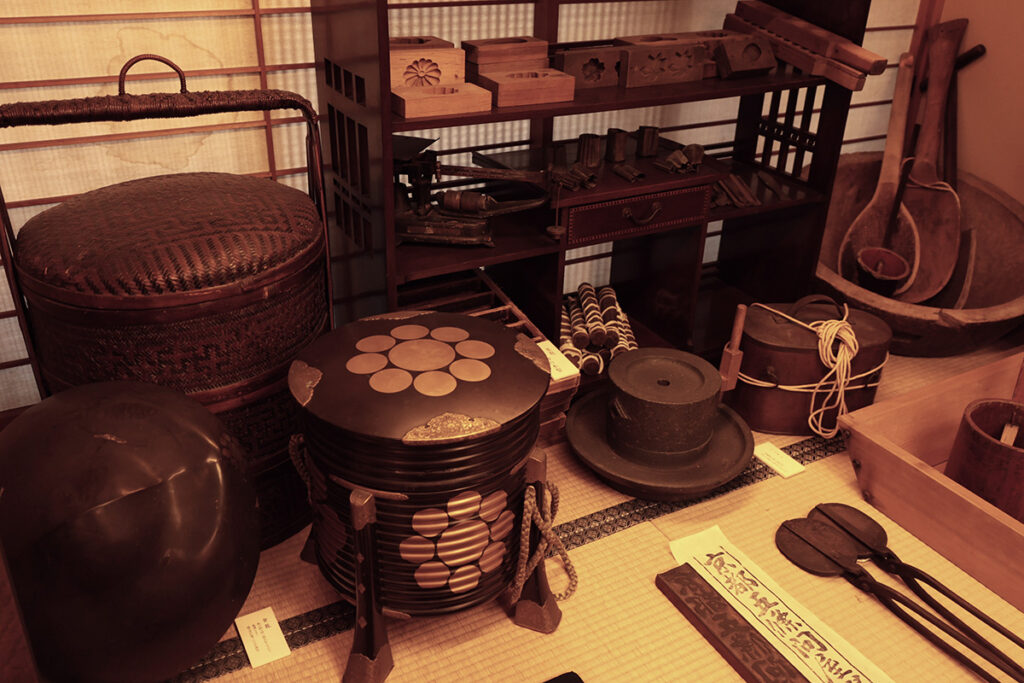
Some of the Tools Used in Fu Production
A Wide Selection of Creative Fu Products
As a child, I loved finding fu in my miso soup, soaking up the broth with its unique, spongy texture. But as an adult, I rarely come across it anymore. As I browsed the shelves of traditional fu products at Hanbey Fu, I wondered if fu has been swept away by the changing times, and it’ll slowly disappear.
Tamaki, however, sees a different future. “For monks who didn’t eat meat, fu was an essential source of protein. It’s also an incredibly healthy ingredient, making it a perfect fit for today’s health-conscious consumers. But since many people aren’t familiar with it anymore, we’re finding new ways to reintroduce it.”
One such effort is TAMA, a fu-based cookie created in collaboration with pastry chefs from the Hyatt Regency Kyoto. It comes in five flavors: strawberry, yuzu, matcha, wasanbon sugar, and roasted green tea. Each cookie has a delicate crumble with a hint of almond powder, adding a rich depth of flavor.
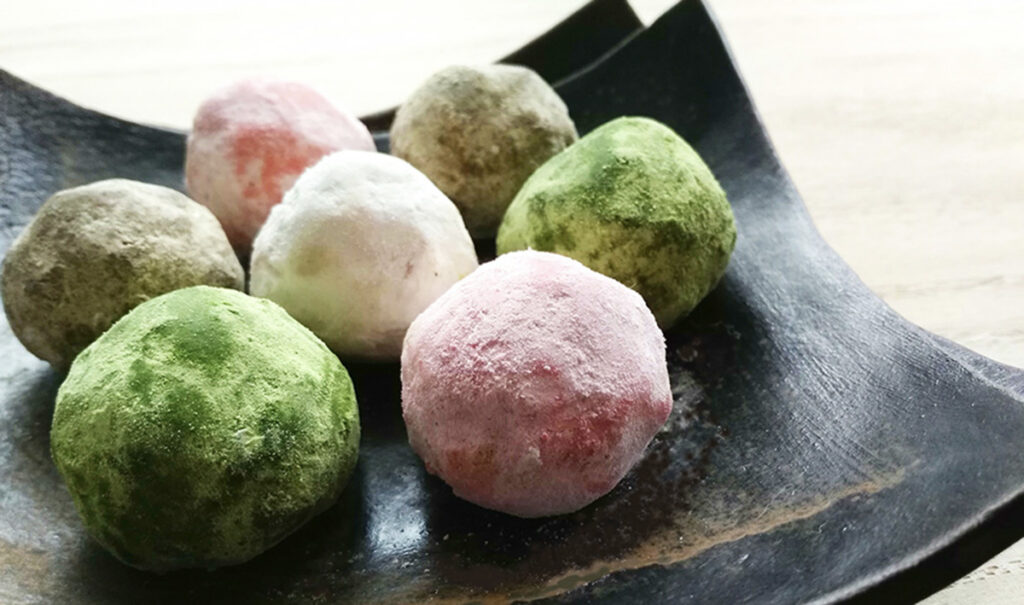
TAMA, created in collaboration with pastry chefs.
I received a box of five cookies from Tamaki and tried one right away. The texture was delicious, crumbling sweetly in my mouth. It was a surprising experience that completely changed my previous image of fu as a simple, rustic ingredient.
The first floor of the main store is a spacious retail area. As I looked around, I noticed not only traditional items but also creative fu products like Fu-manju, Sakura mochi-fu, and Fu-financier. The store seemed particularly popular with young women, a sign that fu is far from fading away.
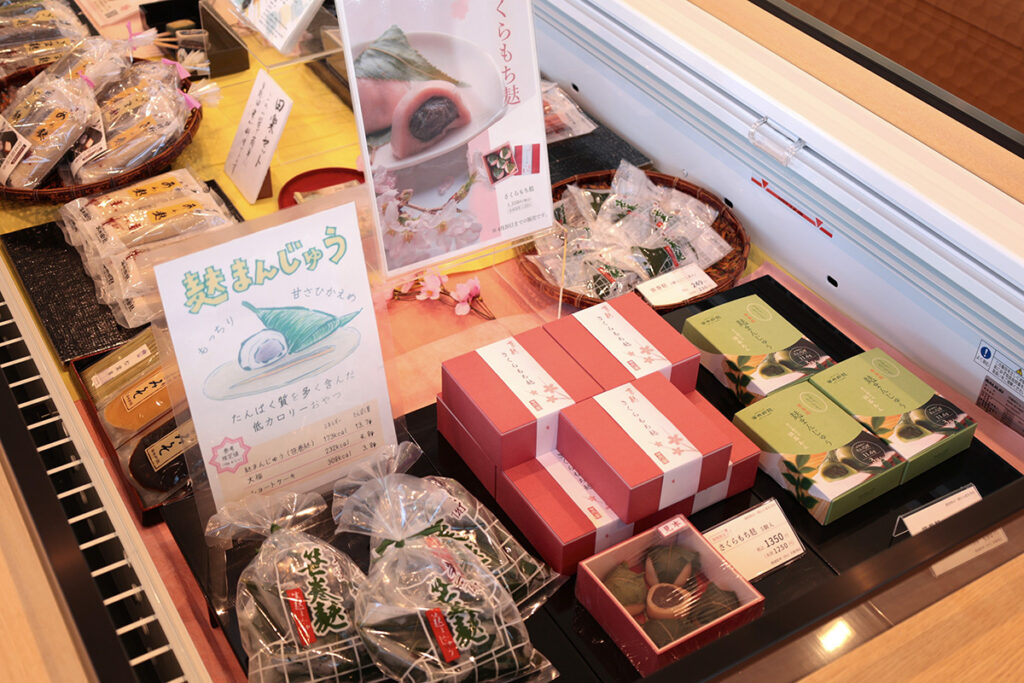
Variety of fu-based products in the sales area.
Another recent venture by Hanbey Fu is the Cafe Fufufuan on the third floor of the main store. Opened in April 2022, the cafe offers dishes and desserts made with fresh fu and yuba. The bright, glass-walled space, with around 70 seats, creates a comfortable and relaxed atmosphere. From the windows, you can enjoy views of the Kamo River and Gojo Bridge. This cafe is part of Hanbey Fu’s efforts to introduce more people to the world of fu and showcase how it can be enjoyed in modern-day cuisine.
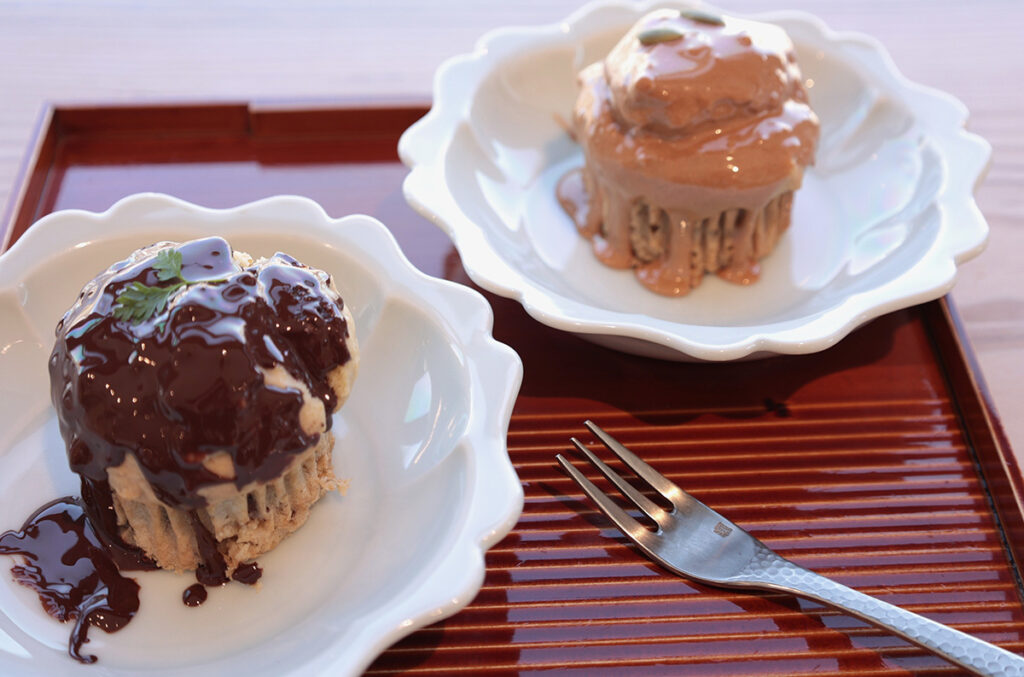
’FuFu Muffin’ from Cafe Fufufuan
A Museum that Houses Luxurious Lunch Boxes
The main store of Hanbey Fu is a modern glass building, but next door, you’ll find a Western-style building from the Showa era, home to “Sabou Hanbey,” which serves dishes made with fu and yuba. Adjacent to that is an even older Kyoto townhouse from the Meiji period.
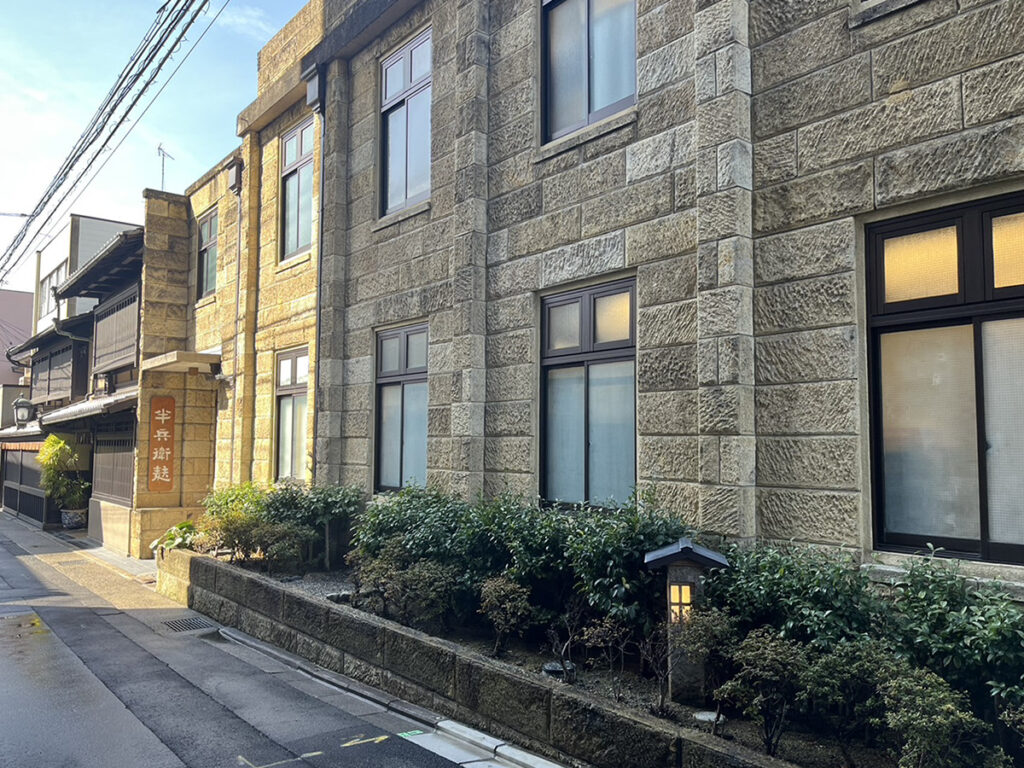
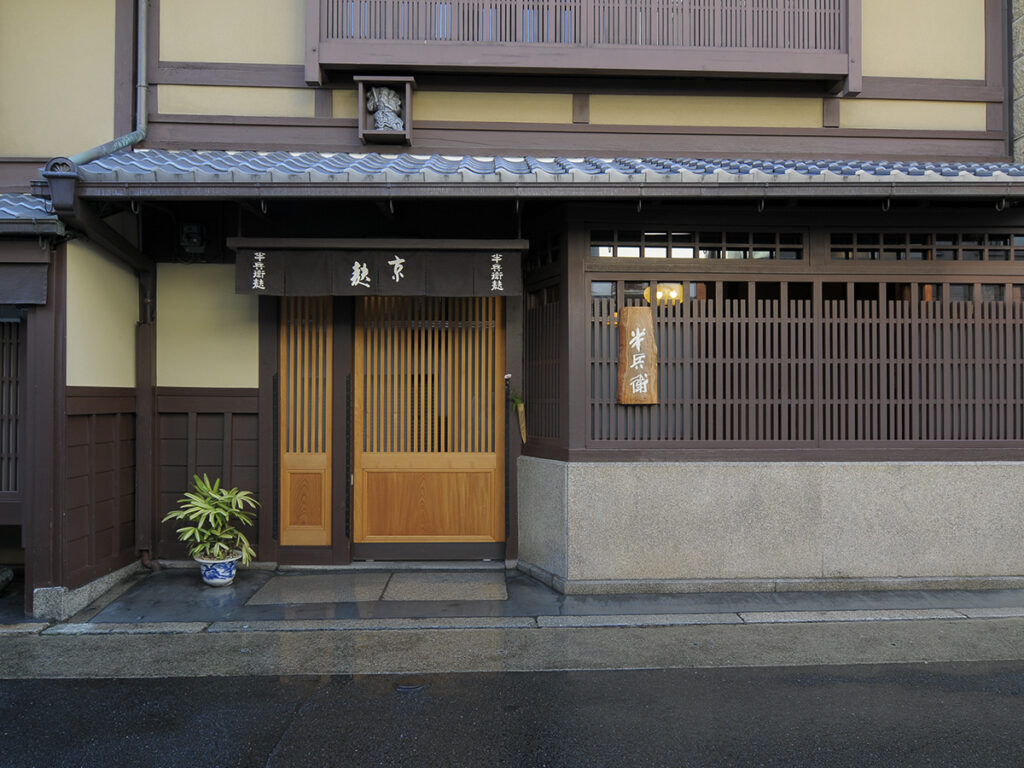
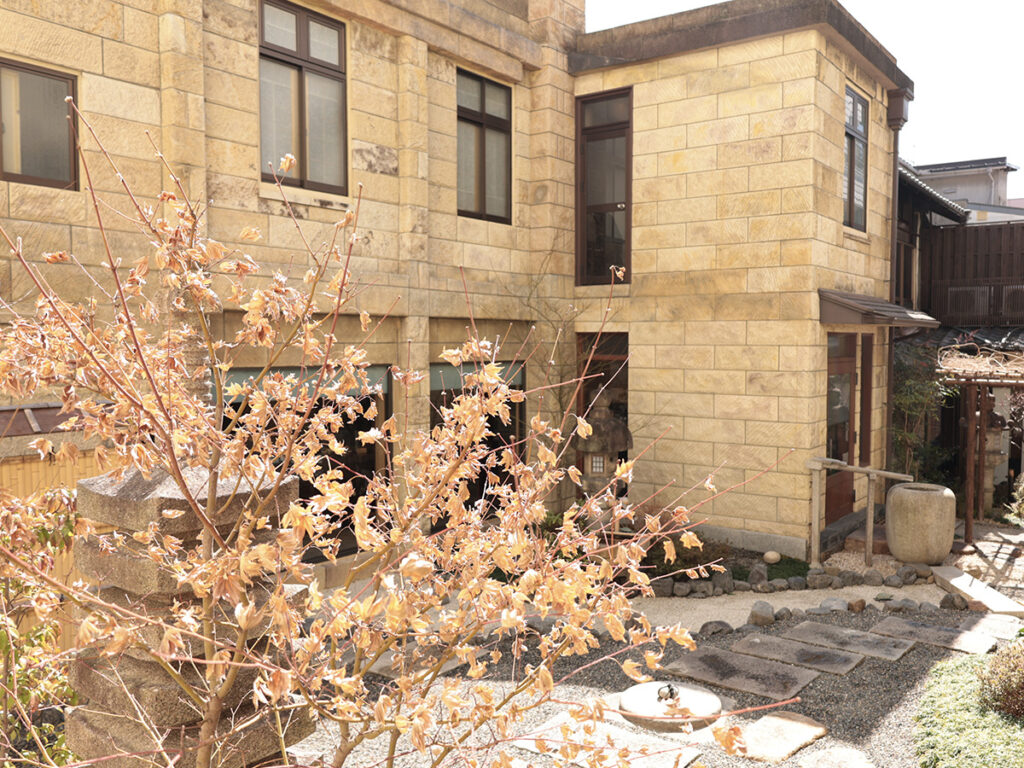
1st image: A Western-style building from the Showa period, housing ‘Sabou Hanbey’
2nd image: A traditional Kyoto townhouse
3rd image: A courtyard surrounded by the three buildings
Passing through the courtyard surrounded by these three buildings and entering the Kyoto townhouse, you’ll encounter an unexpected attraction: the Bento Box Museum. As the name suggests, this small museum displays mainly bento boxes and sake vessels from the late Edo period. These items were collected by previous heads of the family from antique shops, and their grandeur is truly eye-catching.
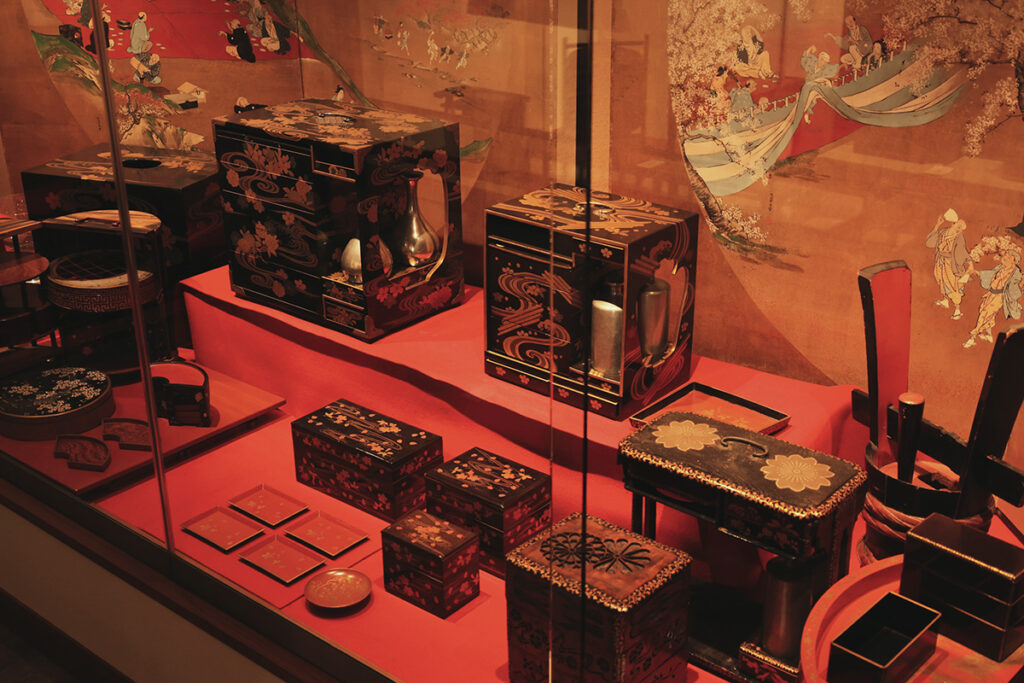
Selection of exhibits from the Bento Box Museum
These bento boxes were used by the wealthy and aristocrats of the time. During outings, they brought extravagant bento boxes adorned with intricate maki-e lacquer and raden mother-of-pearl work. For activities like firefly hunting, they carried boxes with firefly designs, and for boat rides, the boxes were shaped like boats. Their attention to detail was amazing, even beyond what we see today.
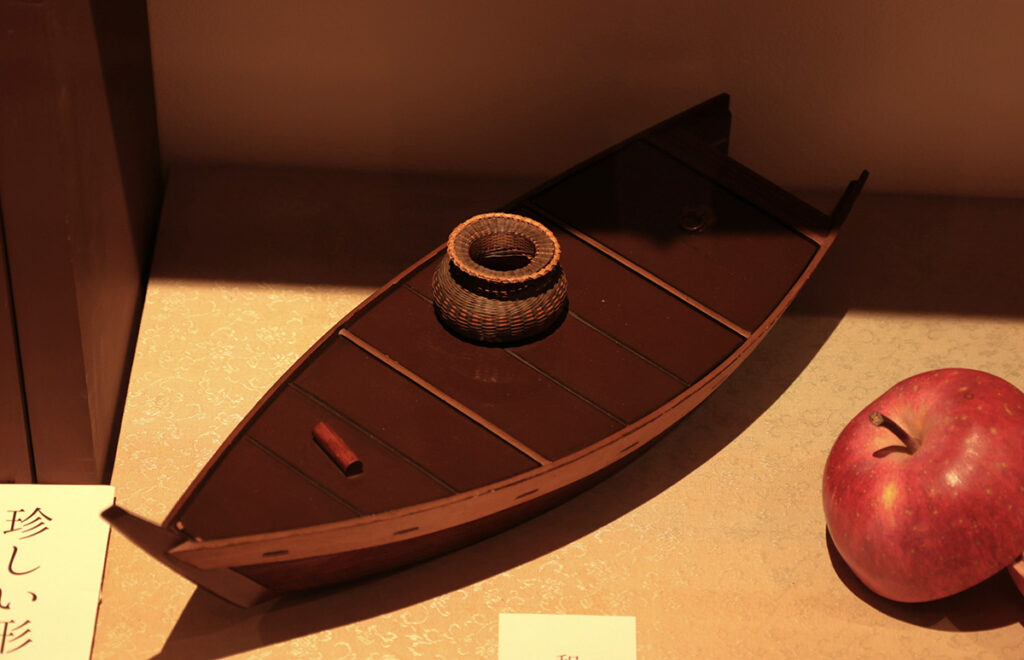
Rare bento box shaped like a boat.
In Japan today, the tradition of carefully preparing lunch boxes still thrives, and it has even gained attention worldwide as ‘BENTO.’ While most modern bento boxes are simple, exploring their dazzling and lesser-known origins is an intriguing experience in itself.
Hanbey Fu is more than just a place for making and selling fu; it’s filled with captivating, unexpected charm. If you’re planning to visit nearby attractions, take some time to add it to your itinerary. You’re sure to enjoy the world of Fu and make some surprising discoveries.
Hanbey Fu Main Store
Address:433 Shonin-cho, Toiyacho-dori Gojo-sagaru, Higashiyama-ku, Kyoto 605-0903
Business Hours:10:00 AM – 5:00 PM
Closed:Wednesdays
Website:https://www.hanbey.co.jp/english/
Instagram:@hanbey1689

